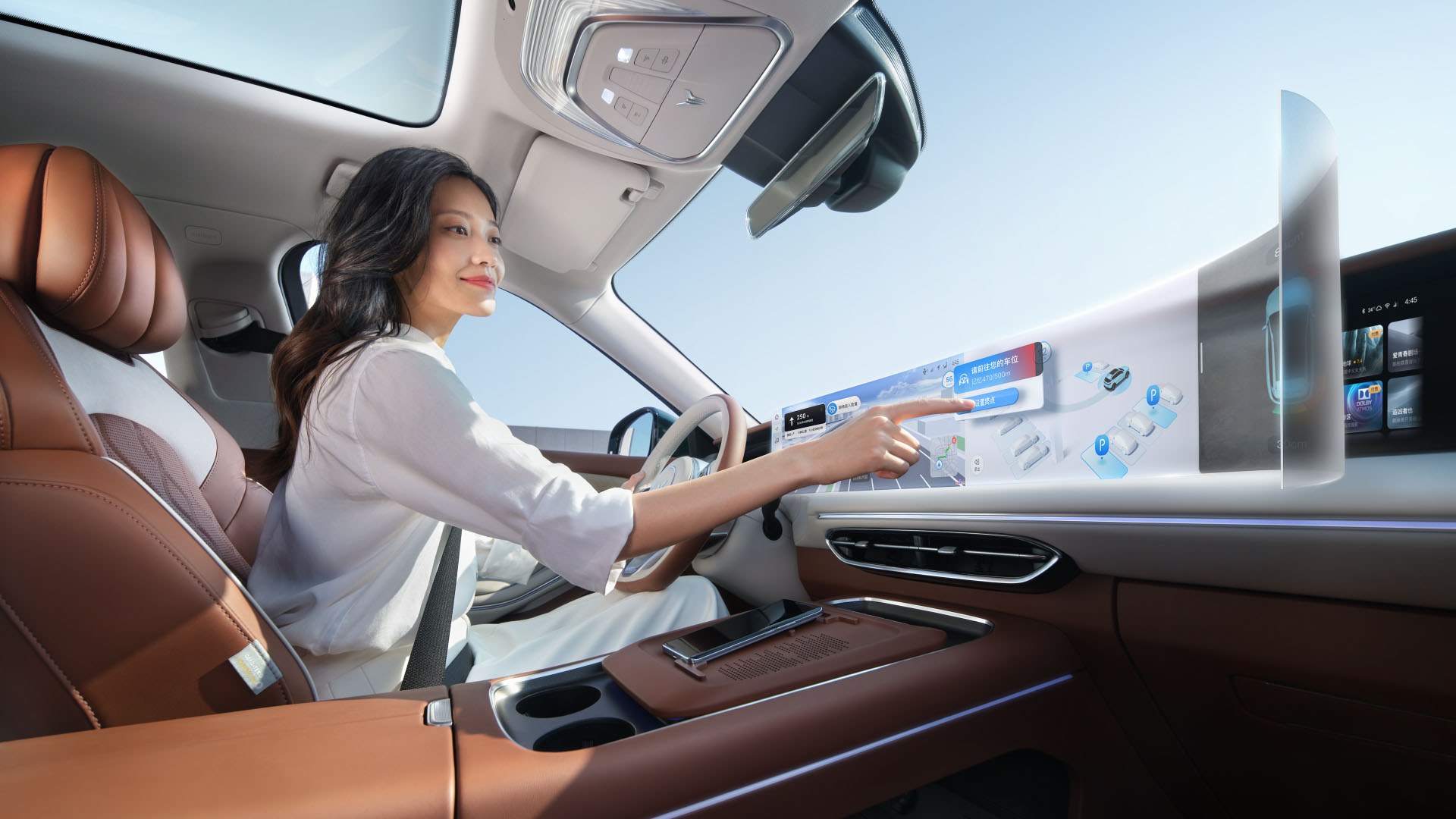Smart assistance technologies in electric vehicles (EVs) utilize advanced systems to enhance safety, convenience, and efficiency for drivers and passengers. Here are some key smart assistance technologies commonly found in EVs:
Advanced Driver Assistance Systems (ADAS):
- Lane Keeping Assist (LKA): Monitors lane markings and helps the driver stay within their lane by providing steering input or alerts.
- Adaptive Cruise Control (ACC): Maintains a set speed and following distance from the vehicle ahead by automatically adjusting the vehicle's speed.
- Automatic Emergency Braking (AEB): Detects potential collisions and automatically applies the brakes to prevent or mitigate accidents.
- Blind Spot Monitoring (BSM): Uses sensors to detect vehicles in the driver's blind spot and alerts the driver to potential dangers during lane changes.
- Traffic Sign Recognition (TSR): Identifies and displays traffic signs such as speed limits, stop signs, and no-entry signs to assist the driver.
Parking Assistance Technologies:
- 360-Degree Camera System: Provides a bird's-eye view of the vehicle's surroundings to assist with parking and maneuvering in tight spaces.
- Automated Parking Systems: Allows the vehicle to autonomously navigate and park itself in parallel, perpendicular, or angle parking spaces.
Remote Control and Connectivity:
- Remote Start and Preconditioning: Allows the driver to remotely start the vehicle's engine and pre-condition the interior temperature before entering the vehicle.
- Remote Vehicle Monitoring: Enables remote monitoring of the vehicle's status, including battery charge level, range estimation, and location tracking, via smartphone apps or online platforms.
Voice Recognition and Natural Language Processing:
- Allows drivers to control various vehicle functions, such as navigation, media playback, and climate control, using voice commands for hands-free operation.
Driver Monitoring Systems:
- Monitors the driver's attentiveness and alerts them if signs of drowsiness or distraction are detected, helping to prevent accidents caused by driver fatigue or inattention.
Range Optimization and Navigation Assistance:
- Provides real-time data on the vehicle's energy consumption, remaining range, and nearby charging stations to help drivers plan their routes and optimize their driving efficiency.
Smartphone Integration:
- Integrates with smartphones to provide seamless access to features such as navigation, music streaming, hands-free calling, and vehicle status monitoring.
These smart assistance technologies play a crucial role in improving the overall driving experience, safety, and efficiency of electric vehicles, making them more appealing and user-friendly for consumers.
